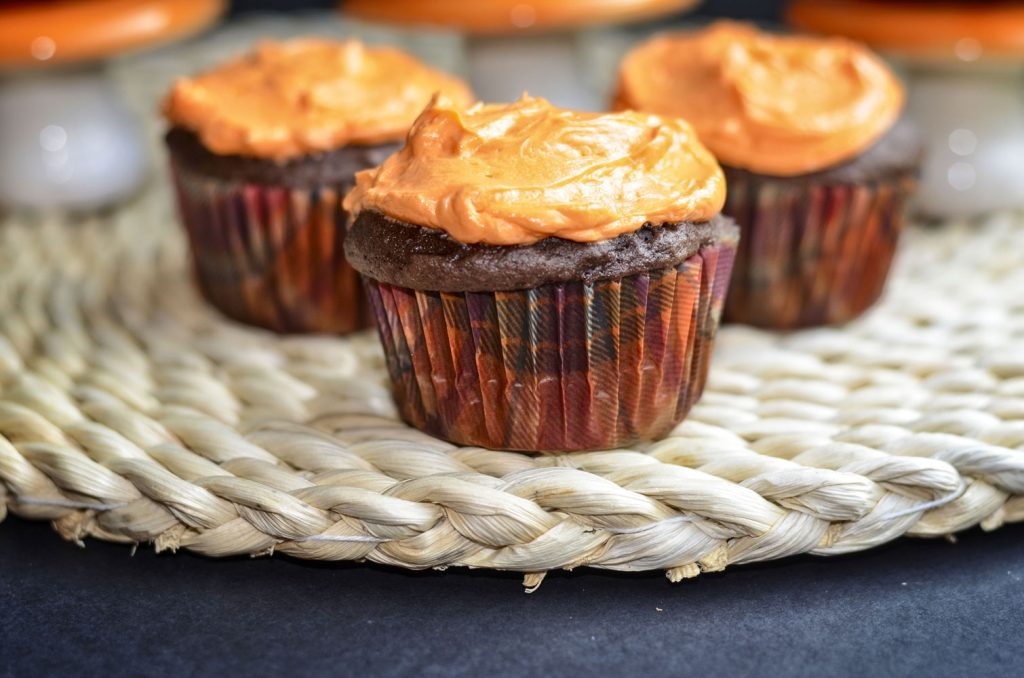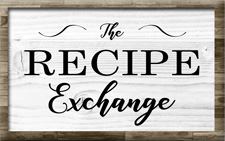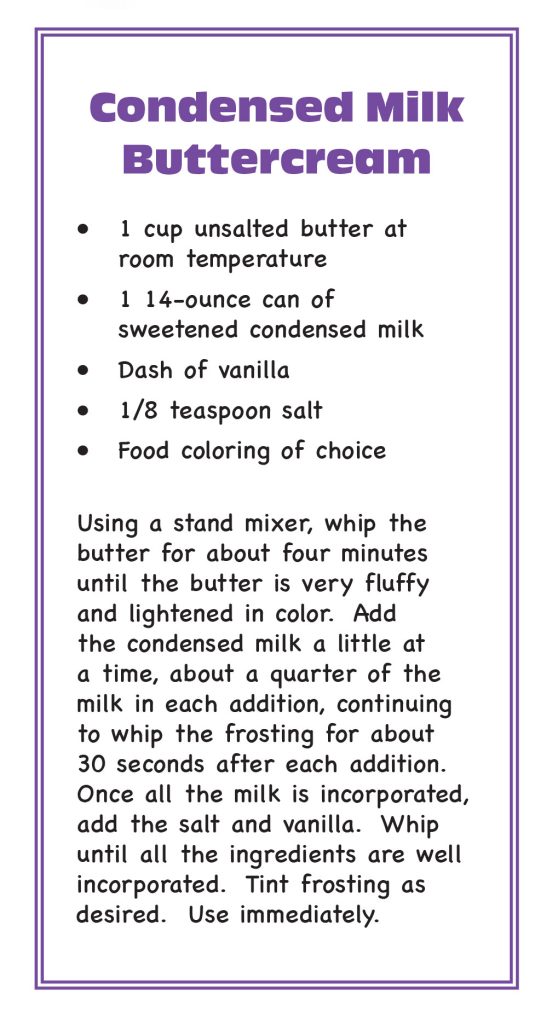Frosting that’s a piece of cake

 There are a number of television shows about cake. Like, a lot. It almost seems like there are too many, but I think I have binge-watched nearly all of them. I am a big fan of cake, both in real life and on the screen. When I see these shows, I am constantly envious of not only the luscious cake, but the fluffy swirls of pillowy frosting. My own efforts in making cake usually taste good (I mean, it’s cake, right?) but my frosting has always left me feeling a bit deflated.
There are a number of television shows about cake. Like, a lot. It almost seems like there are too many, but I think I have binge-watched nearly all of them. I am a big fan of cake, both in real life and on the screen. When I see these shows, I am constantly envious of not only the luscious cake, but the fluffy swirls of pillowy frosting. My own efforts in making cake usually taste good (I mean, it’s cake, right?) but my frosting has always left me feeling a bit deflated.
I must confess that while I feel that some of my culinary skills are advanced, my cake is often from a box (don’t hate – box cake can be very tasty and I find I usually get better texture with a boxed mix). Years ago, I went through a long phase of doctoring cake mixes with an extra egg, sour cream, and sometimes something wild like melted ice cream. I still do add a little something to a boxed mix to liven it up. I often struggle when it comes to topping the cake, though. Frosting from a tub generally tastes artificial and standard American buttercream almost gives me a toothache due to its sweetness.
October is high cupcake season, so a good-tasting frosting for all those fall gatherings is something I wanted in my repertoire. It turns out that American buttercream is just one of many in the frosting universe. Some of the recipes I tried were yummy but too tricky to be practical, particularly when I considered the amount of effort I put in for the cake itself. Lots of recipes produced frosting that made for amazing decorations (egg whites and powdered sugar, for instance) but tasted like sweetened cement. I settled on the idea that frostings that contain real butter tend to taste much, much better than other types, so I embarked on an exploration of the myriad of variations on that theme. My usual recipe is a simple concoction of powdered sugar, softened butter, and a dash of milk and vanilla blitzed together with a hand mixer. Swiss, Italian, German and French buttercream all require various levels of skill in cooking sugar syrups and then mixing with whole eggs or egg whites.
I tried to make all of these European varieties of frosting and ended up with a sticky, eggy mess and not much frosting to show for my trouble. Ugh.
My last attempt was a condensed milk buttercream. The condensed milk is sweet and tastes faintly reminiscent of caramel; the sugar in the condensed milk is dissolved into the milk so the grittiness of sugar in my regular recipe is absent. It also means that the recipe list is short: just butter, sweetened condensed milk, and a tiny bit of vanilla and salt. No sugar syrups, no checking ingredient temperature, no tricky timing. This frosting is soft, sweet, and delicious. This frosting is a bit more prone to melting than some, but now that the temperatures outside have cooled, this one holds its height and shape just fine. I still won’t be winning any cake-decorating beauty contests, but this looks pretty and the flavor and texture are second to none.
A Halloween cupcake – my favorite is chocolate cake with orange-tinted frosting – is the perfect place to use this recipe. My cake may still not be television ready, but this is one treat that’s no trick to make.
Condensed Milk Buttercream
- 1 cup unsalted butter at room temperature
- 1 14-ounce can of sweetened condensed milk
- Dash of vanilla
- 1/8 teaspoon salt
- Food coloring of choice
Using a stand mixer, whip the butter for about four minutes until the butter is very fluffy and lightened in color. Add the condensed milk a little at a time, about a quarter of the milk in each addition, continuing to whip the frosting for about 30 seconds after each addition. Once all the milk is incorporated, add the salt and vanilla. Whip until all the ingredients are well incorporated. Tint frosting as desired. Use immediately.

Article and photo by Lisa Crockett